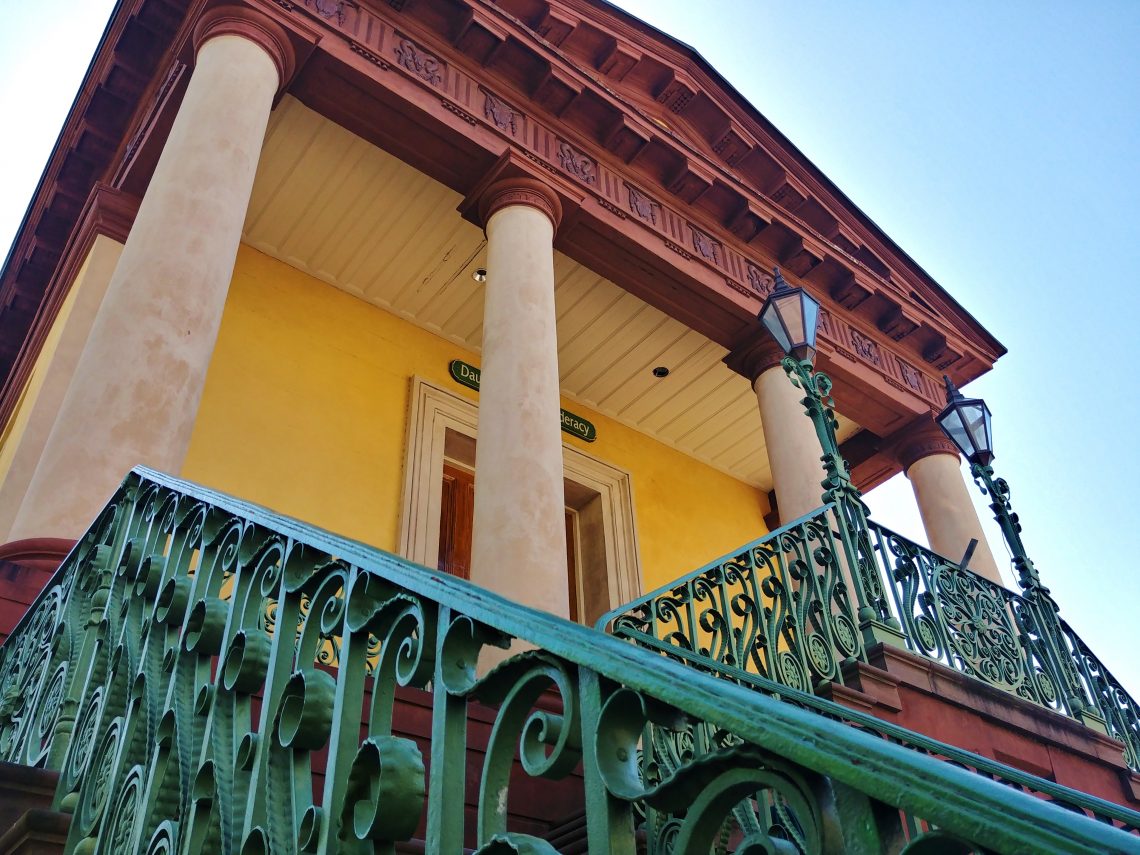Market Hall anchors the front end of the Charleston City Market — which traces its roots back to 1788, when the land for the market was ceded to the City by Charles Pinckney with the stipulation that the land be used as a public market in perpetuity. Market Hall was designed by the well-known architect, E.B. White, and was inspired by Temple of the Wingless Victory in Athens. Across the top are friezes of sheep’s and bull’s heads, symbolizing that there was a meat market there.
A local's eye view
